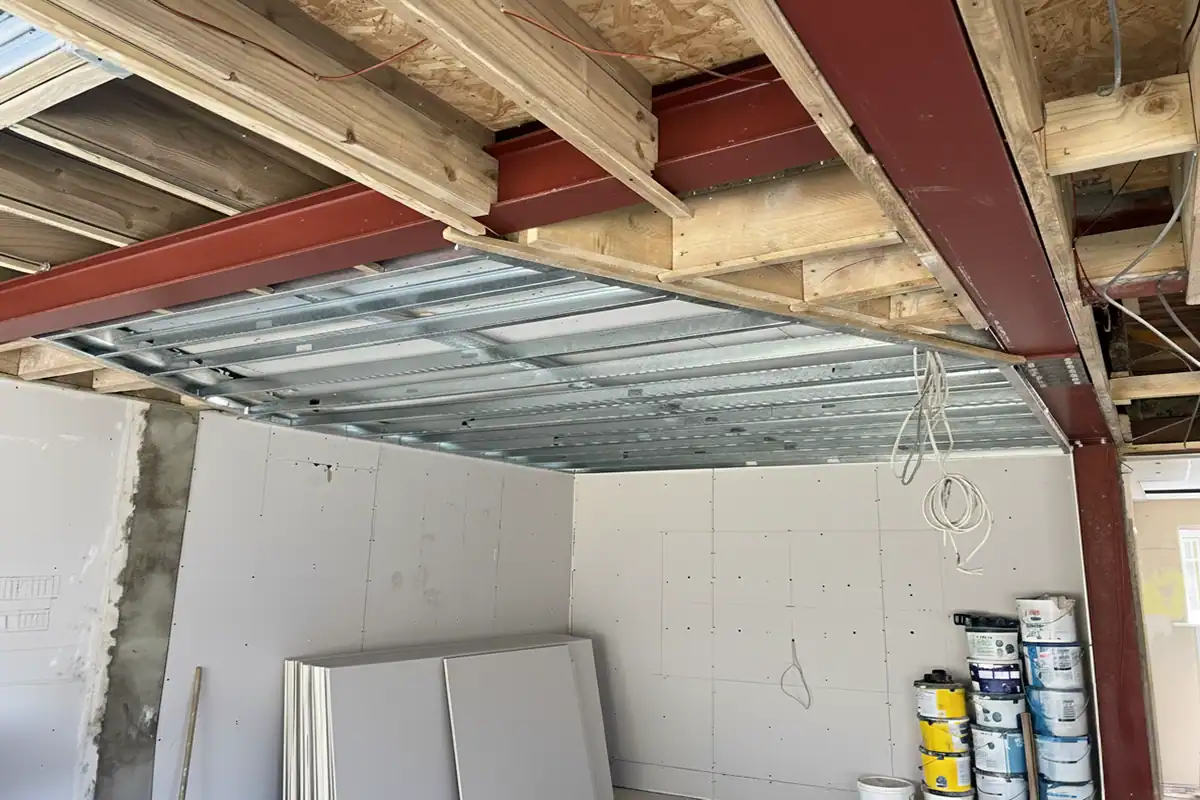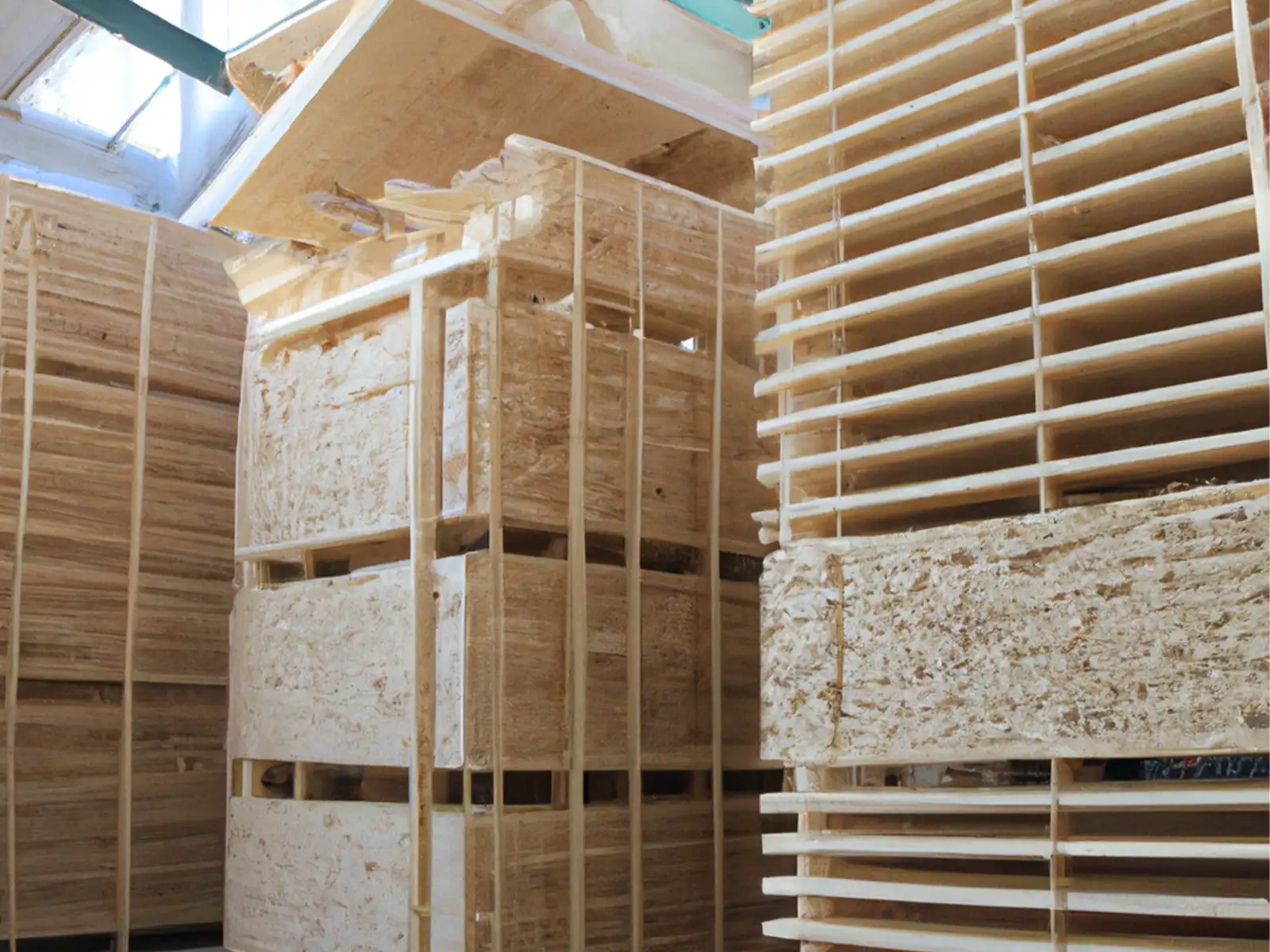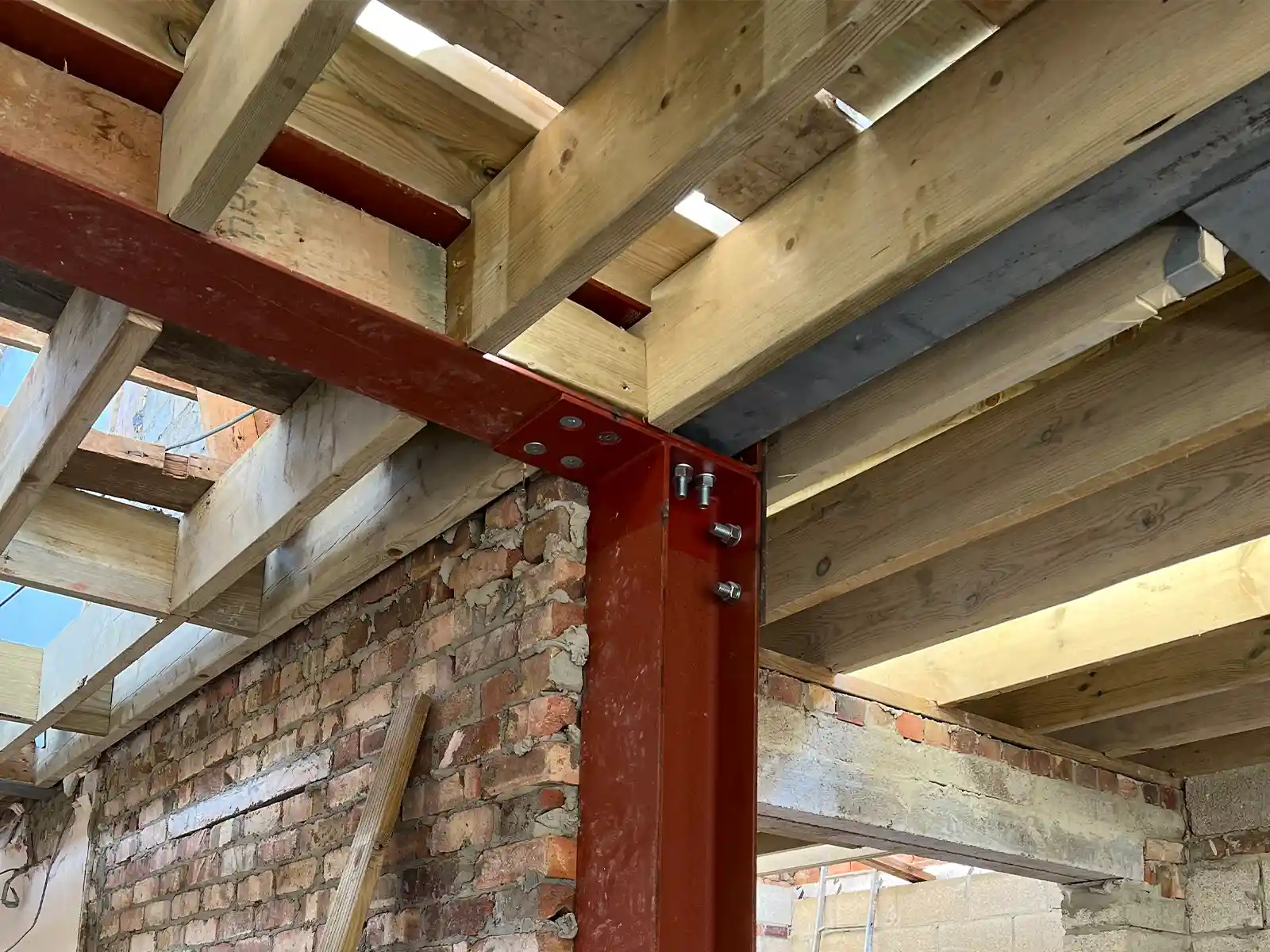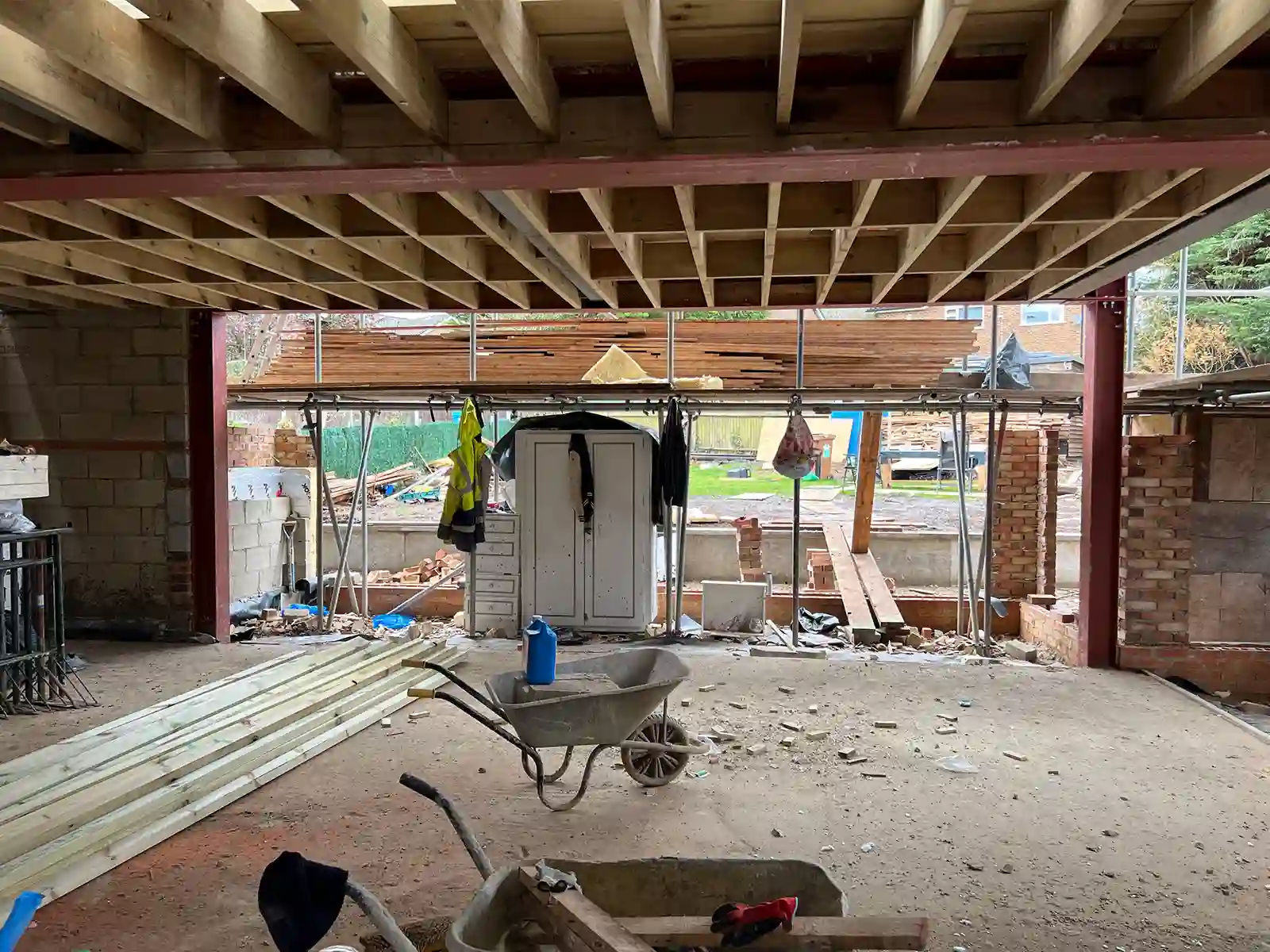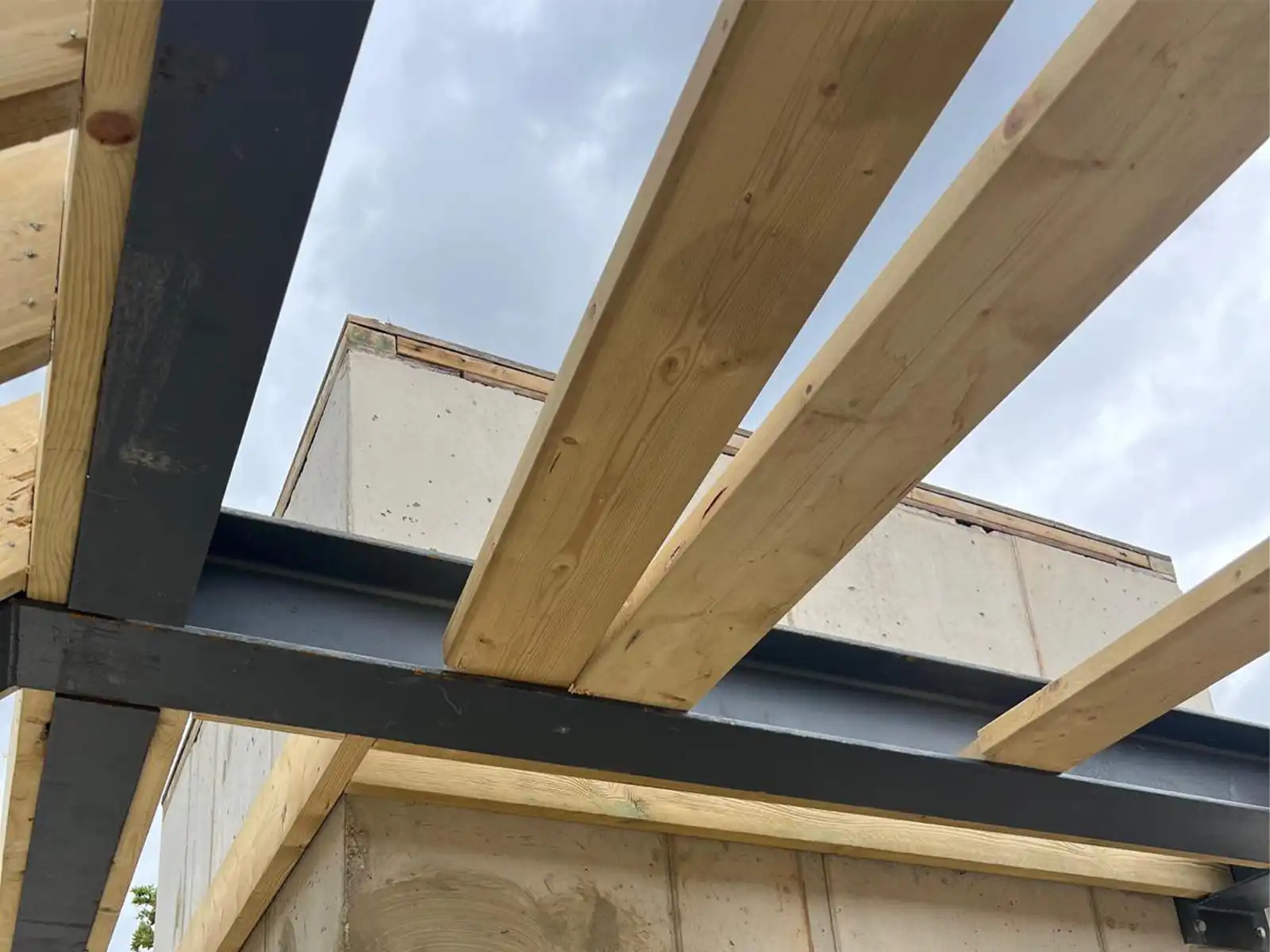What Are Planning Permission Amendments?
Planning permission amendments let you make changes to existing planning permission. You don’t need a fresh planning application. When you want to change plans after planning permission is granted, the Town and Country Planning Act 1990 gives you two choices:
- Non material amendment – For small changes only
- Material amendment – For bigger changes
Pick the right route. Save money. Save time too.
1. Make Changes Using Non Material Amendment
What Is a Non Material Amendment?
An application for a non-material amendment lets you make small changes to existing planning. These are called minor amendments that don’t alter your building much. Local planning authorities must be satisfied that the amendment is truly small. These are changes of minor nature that would improve your building.
Small changes include:
- Window moves
- Door moves
- Material swaps
- Size tweaks
- Inside layout changes
How to Apply Under Section 96A for Existing Planning Permission
When you submit an application:
- Fill out the application form correctly
- Pay the application fee
- Wait 28 days for a planning decision
- The local planning authority must check your proposed change
Making a non-material amendment works when changes you want to make are tiny. The effect of the change should be very small on neighbors.
Use an application under section 96a when changes don’t significantly alter your development. This route uses section 96a of the town and Country Planning Act for small changes only.
The planning authority must have regard to how your change affects the area. They must have regard to the effect on policies too. Your changes must relate to the non-material amendments category only.
2. Amend Using Minor Material Amendment
What Is a Minor Material Amendment?
A material amendment application lets you make bigger changes to existing planning permission. Use this when the change is material in planning terms. You still don’t need a completely new application.
The council will exercise its discretion when they review your proposed amendments. They look at whether changes sought are appropriate for your development and fit within the application site boundary.
When Application Is Required Under Minor Material Route
You need minor material changes when:
- The change affects your building lots
- You want big design updates
- You need condition changes
- Changes change how the building looks
Before you apply:
- Draw detailed plans
- Talk to your planning case officer first
- Get first cleared with your planning case officer
- The council will decide what’s OK
Key Differences Between Non-Material and Material Changes
| Factor | Non-Material | Minor Material |
|---|---|---|
| Process | Section 96A | Section 73 |
| Time | 4-8 weeks | 8 weeks |
| Talk to people | Very little | Full talk |
| Fees | £234 | £258+ |
| Who decides | Planning officer | Officer/Committee |
Does Section 73 Allow Big Changes When Planning Permission Is Granted?
Yes, it does. People call them “minor material amendments.” But changes made under section can be big. Changes just can’t completely change what you’re building.
You can also send an s73 application for big changes. This uses section 73 of the town and Country Planning Act. You need an application under section 73 when the change is material in planning terms.
Section 73 applications can handle:
- Big design changes
- Major condition changes
- Large layout changes
- Big plan changes that fit your original permission
The key rule is simple. Changes must relate to your original planning permission. Court cases confirm this works. The council will exercise its discretion based on whether changes sought are appropriate.
How to Make Changes to Existing Planning: Step by Step
Step 1: Look at Your Original Permission
Before you want to make any changes:
- Read your original planning permission
- Check your original application details
- List what changes you need
- Check plans after planning permission was given
Step 2: Pick the Right Route
For tiny changes:
- Use an application under section 96a when changes don’t significantly alter your development
- Document any previous changes made to your permission
- Make sure the application site boundary stays the same
For bigger changes:
- You need a material amendment application
- An application is required under application under section 73
- Get authority to make big changes
Step 3: Send Your Permission Application
Papers that must be submitted:
- Filled application form
- Plans after planning permission showing all changes
- Statement about your proposed amendments
- Right application fee
When you submit your application, the local planning authority must look at your changes. They check how changes affect neighbors and rules. Documents that need to be submitted must be submitted on time and include all drawings and supporting information.
Any change to the application site boundary also needs special consideration in your submission.
How Local Planning Authorities Accept Amendments to a Planning Application
Common Mistakes
- Wrong route – Use tiny changes when you need big change route
- Missing papers – Don’t include papers you need
- Bad explanation – Don’t explain why you need changes
- Bad timing – Don’t talk to planning case officer first
Best Ways for Planning Application Under Consideration
Ways to win:
- Send all papers that must be submitted
- Talk to your planning case officer before you submit an application
- Make sure people are happy with your request
- Think if a revised planning application or new application might work better
When you submit an application, make sure all required documents are included. Planning Portal says good prep helps lots. The official planning resource shows proper prep helps you secure planning permission and improves success rates.
Cost Check: Amendment vs New Planning Application
Typical Fees (2025)
| Application Type | Fee | Time |
|---|---|---|
| Non-material changes | £234 | 4-8 weeks |
| Material changes | £258+ | 8 weeks |
| New planning application to seek permission | £462+ plus extra costs | 8-16 weeks plus prep time |
Changes cut time and costs when planning permission granted consideration applies to planning changes.
Questions About Planning Permission Changes
Can you make changes to planning permission?
Yes. You can make changes to existing planning permission. Send papers under the tiny or big route. Depends how big your changes are.
How do I amend an application on the planning portal?
You can’t amend applications once submitted on Planning Portal. You need to submit a new application for changes. Use Section 96A for small changes or Section 73 for bigger changes.
What is a minor amendment to a planning application?
A minor amendment is a small change that doesn’t significantly alter your approved development. Examples include moving windows, changing materials, or small size adjustments.
Can you submit a planning application yourself?
Yes, you can submit planning applications yourself. You don’t need an agent. But professional help often improves success rates, especially for complex changes.
Can I make changes to a planning application?
You can’t change applications once submitted. But you can apply for amendments to approved permissions using Section 96A or Section 73 routes.
Can I amend a submitted application?
No, you can’t amend applications once submitted to councils. You must wait for the decision, then apply for amendments if needed.
Can I build bigger than the planning permission?
No, you can’t build bigger without permission. You need to apply for amendments first using Section 73 if changes are substantial.
Can I build smaller than my planning permission?
Yes, you can usually build smaller than approved plans. But check with your planning case officer first to avoid any issues.
Can I change architect after planning permission?
Yes, you can change architects after getting permission. The permission stays with the land, not the architect.
Can I change the internal layout after planning permission?
Internal changes that don’t affect the outside usually don’t need permission. But check with your council first to be sure.
How long do local planning authorities take?
Local planning authorities look at tiny changes in 28 days usually. Bigger changes take 8 weeks when planning permission granted consideration happens.
What if my change gets refused?
You have choices. Apply for a new planning application under section 70. Or appeal the planning decision. Sometimes a fresh planning application costs less.
Do I need help?
Help boosts your success rate. True for complex plans. Or when you don’t know which application is required.
Bottom Line on Making Changes
Most important things:
- Pick right route – Tiny for small changes, big for major changes
- Timing matters – Apply early
- Help works – Expert guidance helps
- Papers matter – Clear drawings help
- Talk early – Planning officers help prevent problems
Bottom line: Planning permission amendments save time and money. But only when done right.
Getting Help with Planning Decision
When to get help:
Complex Changes
- Building changes affecting rules
- Changes affecting multiple conditions
- Changes affecting neighbors
Legal Questions
- Not sure if changes qualify for non-material amendment application
- Policy updates affecting your work
- Old refusals need new approach
Help includes:
- Advice before you apply
- Drawing prep
- Statements that help
- Appeal support
Conclusion: Successfully Making Changes
Planning permission amendments work well. They let you make changes to existing planning permission when done right. Success needs:
- Right route for your changes
- Know what local planning authorities want
- Good papers when you send your application
- Good work with your planning case officer
Whether you need tiny changes or bigger changes, this guide helps. It helps you get planning permission granted. It helps avoid delays and costs.
With good prep, you can make changes and reach your goals.
Professional help is important when you wish to make complex changes. Experts know how to make amendments properly. They help when you need to make minor changes or major changes. Experts know how to make sure the planning authority must be satisfied with your application.
They also help with issues like change to the application site or complex modifications.
Need Help with Planning Permission Amendments?
At AC Design Solution, we help with successful changes across the UK. Our team knows when changes are needed. We know how to make sure authorities accept amendments to planning applications.
Contact us today for help changing your existing planning permission.
Q. What is the difference between a Section 96A and Section 73 application?
A: Section 96A application (Non-Material Amendment) is used for minor changes that don’t materially impact the approved development, such as small alterations to window positions or materials. A Section 73 application (Minor Material Amendment) is for more substantial changes that still don’t fundamentally alter the development, such as modest increases in size or significant design modifications.
Q. How long does it take to get a decision on a planning modification application?
A: For S96A applications (Non-Material Amendments), decisions typically take 4-6 weeks, though there’s no statutory timeframe. S73 applications (Minor Material Amendments) have a statutory determination period of 8 weeks, which can be extended by agreement if necessary. Timelines may vary depending on local authority workload and application complexity.
Q.Do I need to pay a fee for modifying my planning permission?
A: Yes, both S96A and S73 applications require a fee. The fee for a S96A application is typically lower than for a S73 application. For householder developments, a S96A application currently costs £68, while S73 applications are usually charged at half the fee of a full planning application. Always check with your local planning authority for current fee structures.
Q. Can I appeal if my modification application is rejected?
A: You can appeal against a refusal of a S73 application through the standard planning appeal process with the Planning Inspectorate. However, there is no statutory right of appeal against a refusal of a S96A application. If a S96A application is rejected, you may need to submit a S73 application or consider a full new planning application.
Q. Can I make multiple modifications to my planning permission?
A: Yes, you can make multiple modifications, but each change requires its own application. If you’re planning several changes, it’s often more efficient to group them together in a single application where possible. For substantial changes, your planning consultant may recommend submitting a new full planning application instead of multiple modification applications.
Q. At what stage of my project can I apply for planning permission modifications?
A: You can apply for modifications at any stage after receiving your initial planning permission, even if construction has already begun. However, it’s advisable to seek approval for changes before implementing them, as unauthorized modifications may result in enforcement action. The original permission must still be valid (not expired) when applying for modifications.


